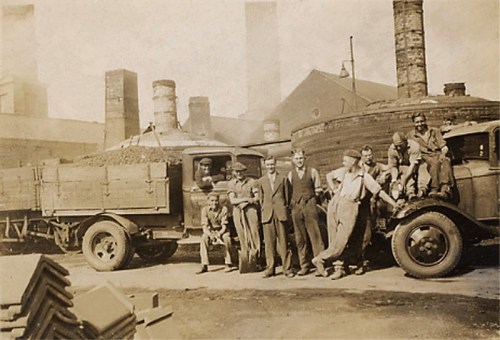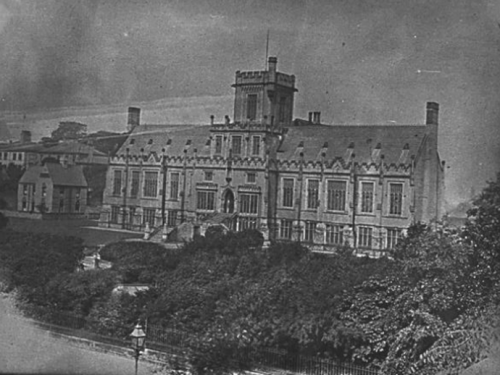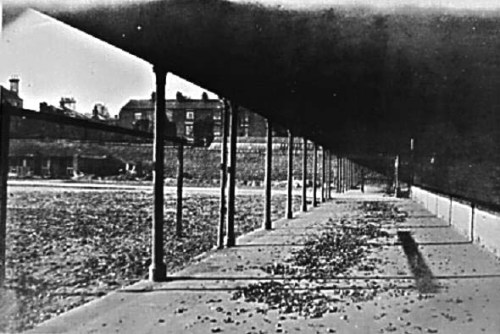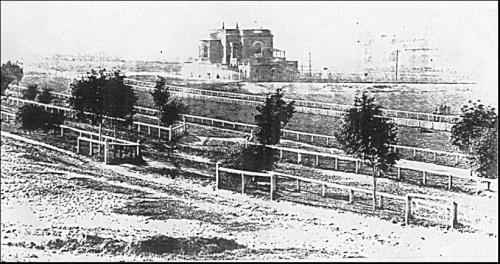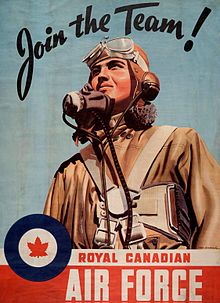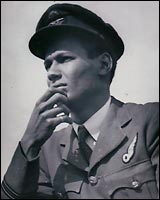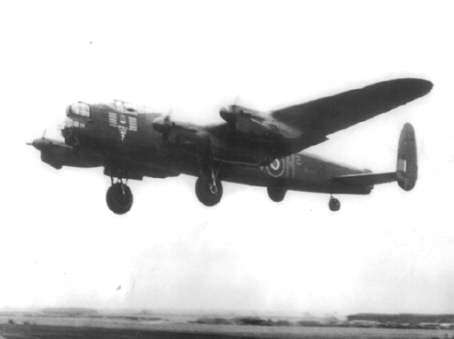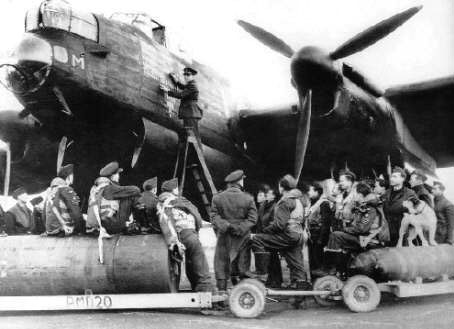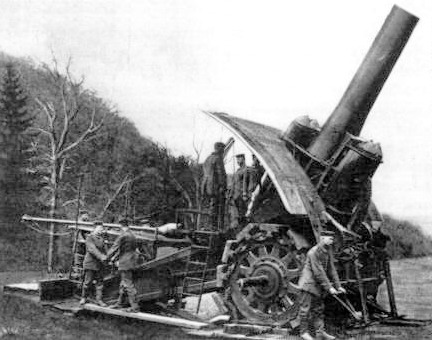In my very first blog post in this book review, I mentioned how German academic, Sönke Neitzel, had discovered that during World War II, British Intelligence had taped German prisoners of war in secret and then transcribed their conversations. This process had produced 50,000 pages of foolscap transcripts. These transcripts have in their turn inspired a four hundred page book called “Soldaten” in which Neitzel and his co-author, Harald Welzer, examine the reasons for the war crimes committed by the Germans, and indeed, by the personnel of a number of other nationalities. Here are our authors and their book:
The bugged prisoners were kept in three locations – Latimer House near Amersham, Wilton Park near Beaconsfield, both in Buckinghamshire, and Trent Park near Cockfosters in north London. The first two held captured U-Boat submarine crews and Luftwaffe pilots, who were bugged for a week or two before being moved on to conventional captivity. Trent Park was often used for high-ranking officers of the Wehrmacht, whose own personal vanity led them to betray many secrets:

There were large numbers of pro-British German speakers, usually Jews, listening to prisoners’ conversations in a place known as the “M room”. The “M” stood for “Microphoned”. According to Helen Fry, the author of a book about this particular episode, the information pouring out of these pampered Prussians was so top secret that Churchill gave the whole operation an unlimited budget.

Last time we were looking at the reasons that men in war are capable of the most vile violence. Here are the ideas put forward by Neitzel and Welzer so far . I have tried to include a few short clues of the examples they used:
“There is a vast gap between what people believe about their moral standards and their actual behaviour”. (The Good Samaritan episode at Princeton University)
“When you have reacted once in a particular way to a certain situation, you will continue to apply the very same rules.” (German soldiers killling Jews on a large scale)
“The unit was the entire world….what they thought was right, was right and what they thought was wrong, was wrong.” (Only one man refused to take part in the My Lai massacre in Vietnam)
“inhumanity with impunity…..if soldiers commit crimes, and are never punished, they will repeat their behaviour.” (German soldiers raping passing women in Kiev)
“a dynamic of violence” ……… anybody who tries to flee is automatically an enemy who should be shot.” ( A frequent attitude in Vietnam, probably because the Vietcong guerillas were difficult to identify)
One final extremely large motivation towards violence is revenge. In a film, revenge will be the simple, basic story of how a soldier is killed by the enemy, usually in particularly appalling circumstances, and, as he dies, his friend swears to avenge him. For every military revenge film, though, there are many more set in a civilian context. This may not be the best example, but it’s certainly the most obscure:

In real life, there were GIs in Vietnam who had re-enlisted to avenge their best buddy who had been killed in the fighting, or tortured to death, and so on. The authors have found a quote:
“I did not hate the enemy for their politics but for murdering Simpson, for executing that boy whose body had been found in the river…Revenge was one of the reasons I volunteered for a line company. I wanted a chance to kill somebody.”
In the Second World War, the situation could be slightly different. American GI, Joseph Shomon said:
“Even in hopeless situations, the Germans would fight to the last, refusing to surrender. Then, when their ammunition was gone, they were ready to give up and ask for mercy but because many Americans had been lost in this delay, our troop often killed the Germans.”
As well as revenge, of course, this shooting of surrendering Germans is a good example of a couple of other reasons for the occurrence of war crimes previously mentioned by Neitzel & Welzer. Firstly, if everybody commits acts of violence and nobody is ever punished for it, then clearly, they can:
“follow what they had already done”.
And secondly:
“what (the unit) thought was right, was right and what (the unit) thought was wrong, was wrong.”
Sometimes soldiers in the two World Wars were actually ordered not to take any prisoners. The latter were then very much more likely to be executed than to be taken back to base. In the Second World War, the German military were ordered by the Führer to hand over immediately to the Sicherheitsdienst (SD, or Security Service) all British Commandos, SAS, SOE and any other type of “irregular” soldier. This was the famous “Kommandobefehl” which you can read about here.
In actual fact, my own Grandad was placed in a similar position on at least one occasion during the First World War. It must have been on the anniversary of the execution of Edith Cavell on October 12th 1915 that he and his colleagues in the Canadian army were told to take no prisoners during that day’s attack. Whether my Grandad carried out the order, I have no idea.
My own perception, though, is that rather than refuse to take prisoners in the usual way, and instead to kill them, it was far more frequent in World War One, to try and spare the lives of the men who had been ordered to attack but who were now in a situation which could only have one outcome. Harry Patch, for example,who at 111 years of age was “the Last Fighting Tommy”, has spoken of how he refused to kill a German soldier:
“Patch came face to face with a German soldier. He recalled the story of Moses descending from Mount Sinai with God’s Ten Commandments, including “Thou shalt not kill” and he could not bring himself to kill the German. Instead, he shot him in the shoulder, which made the soldier drop his rifle. However, he had to carry on running towards his Lewis Gun, so to proceed, he shot him above the knee and in the ankle.”
My Grandad was wounded in the legs on two occasions, so perhaps the Germans did the same kind of thing.
We have a long, bloody way to go with “Soldaten” yet, so let’s finish with some wise words from Harry Patch, the last British soldier of World War One, who lived to become a pacifist:
When the war ended, I don’t know if I was more relieved that we’d won or that I didn’t have to go back. Passchendaele was a disastrous battle—thousands and thousands of young lives were lost. It makes me angry. Earlier this year, I went back to Ypres to shake the hand of Charles Kuentz, Germany’s only surviving veteran from the war. It was emotional. He is 107. We’ve had 87 years to think what war is. To me, it’s a licence to go out and murder. Why should the British government call me up and take me out to a battlefield to shoot a man I never knew, whose language I couldn’t speak? All those lives lost for a war finished over a table. Now what is the sense in that ? “







